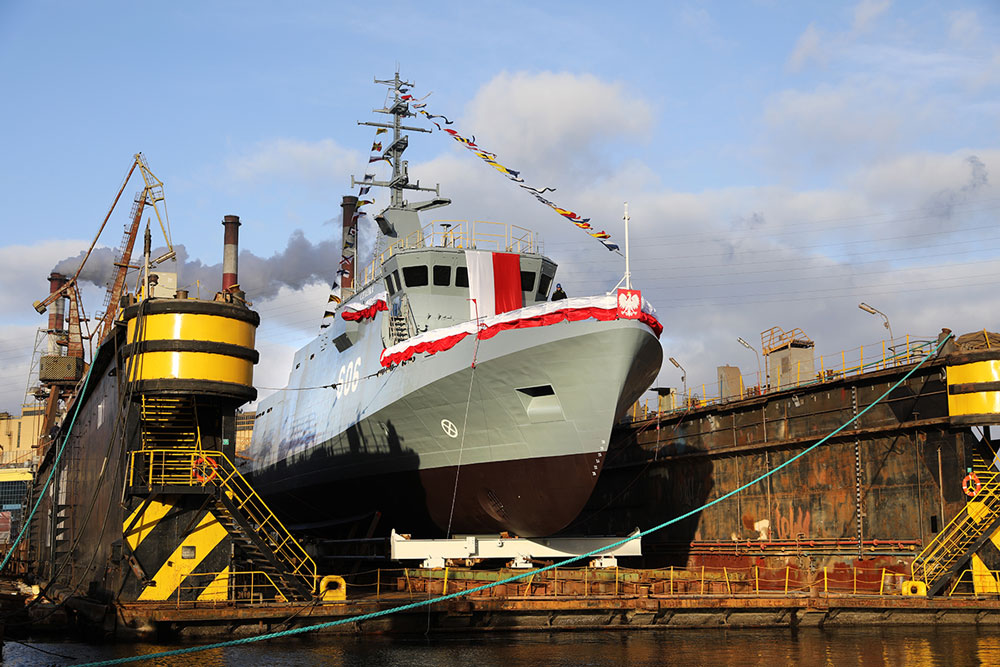The shipping industry is preparing for the IMO target of 5-10% low-carbon fuels by 2030. The question is whether the fuels will be available.
The IMO has set a target that by 2030 at least 5% of the energy consumed in shipping should be accounted for by fuels with near-zero greenhouse gas emissions, with a target of 10%. According to figures from the shipping organization Bimco, the 1% of ships that are currently prepared for their use account for 2% of the fleet’s carrying capacity. A further 1% of ships and 4% of the carrying capacity are prepared for alternative fuels so that they can be converted more easily.
As 1 to 2% of the fleet’s carrying capacity is recycled each year, the proportion of the fleet’s carrying capacity prepared for alternative fuels will be higher by 2030. The older ships using bunker fuel will be recycled, and more ships prepared for bunker alternatives can be ordered, delivered or retrofitted before 2030.
“However, 29% of ships and 42% of deadweight tonnage in the orderbook are expected to be equipped with or prepared for alternative fuels. Even if no existing ships are recycled, 4% of the carrying capacity of the fleet will be prepared for alternative fuels once all ships in the order book have been delivered in 2028. And another 4% will be ready for retrofitting,” says Niels Rasmussen, Chief Shipping Analyst at Bimco.
With 5% of ships in the fleet and 55% of ships in the order book prepared for alternative fuels, the container sector is expected to achieve the highest share of use of such fuels, according to Bimco’s estimates. Once the order backlog is delivered, at least 23% of the carrying capacity of the container fleet will be converted or prepared for alternative fuels. The tanker fleet will reach a share of at least 7 % and the bulk carrier fleet a share of at least 4 %.
Fierce competition for fuels
Rasmussen estimates that the International Maritime Organization’s (IMO) targets for the use of carbon-free or nearly carbon-free fuels in 2030 could be achieved with sustainable biofuels. However, he qualifies: “Many different sectors will be competing for these fuels, so shipping is focusing on the transition to alternative green and blue fuels.”
“So far, LNG is the most popular alternative in shipping, but methanol and ammonia are also becoming increasingly popular. Whether there will be enough blue and green fuels available for shipping in 2030 is still questionable, but with COP-28’s call for a tripling of renewable energy capacity by 2030, it now seems more likely that enough green and blue fuels can be produced for shipping to meet the 2030 targets – even without biofuels,” says Rasmussen.














